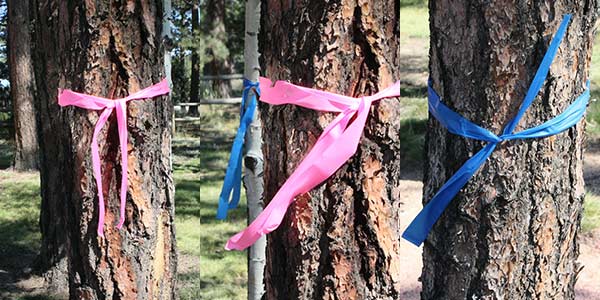The importance of properly trimming and pruning trees is often overlooked and can be detrimental to the health of the tree if done improperly. Having a trained professional complete any necessary trimming and pruning is essential to growth and overall aesthetics of your landscape. Checkout our Tree Trimming and Tree Removal Gallery.
By removing dead or dying branches, overgrowth or a tree that may be interfering with another tree, you will:
- Help to keep the tree healthy and growing
- Improve the aesthetics of your property
- Minimize the risk of the tree being damaged during a storm
- Have the potential to increase your property values
It is important that you don’t over-thin a tree – it may cause the tree to have aggressive sprout growth or stress the tree causing it to slowly start to die. An ISA Certified Arborist will take into account the type, size and age of the tree in addition to any environmental factors that may have a negative impact on the health of the tree.







